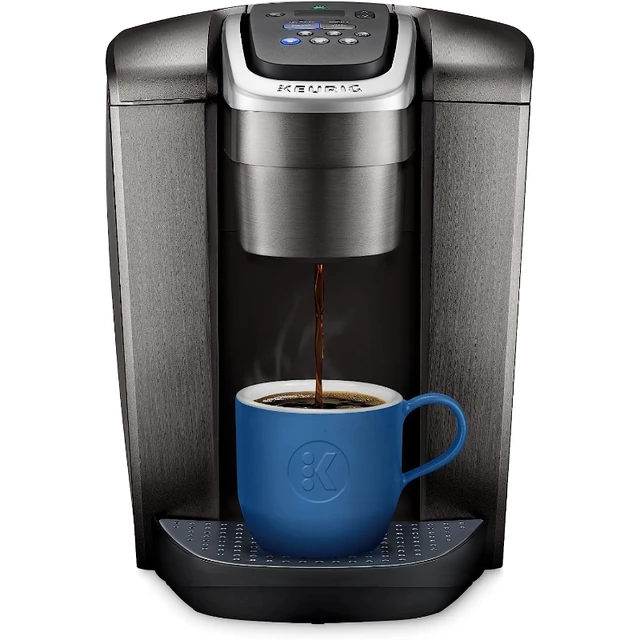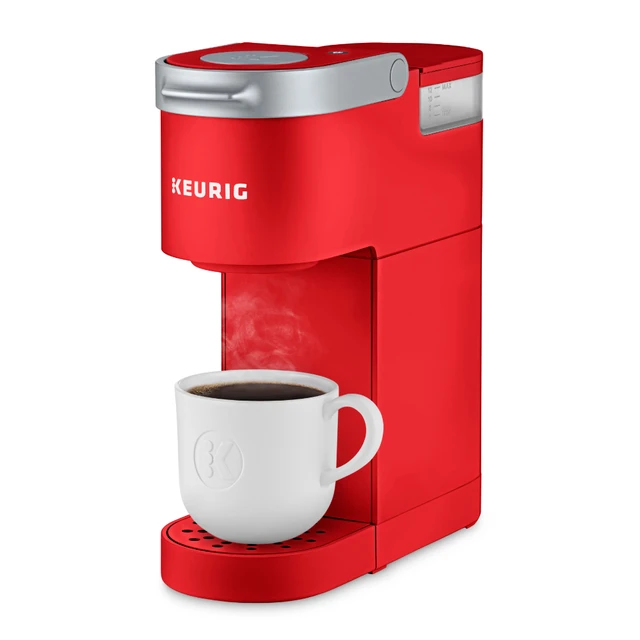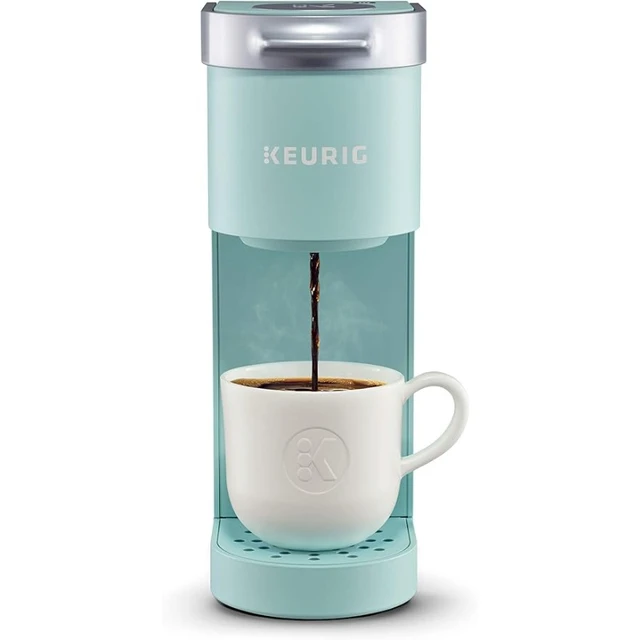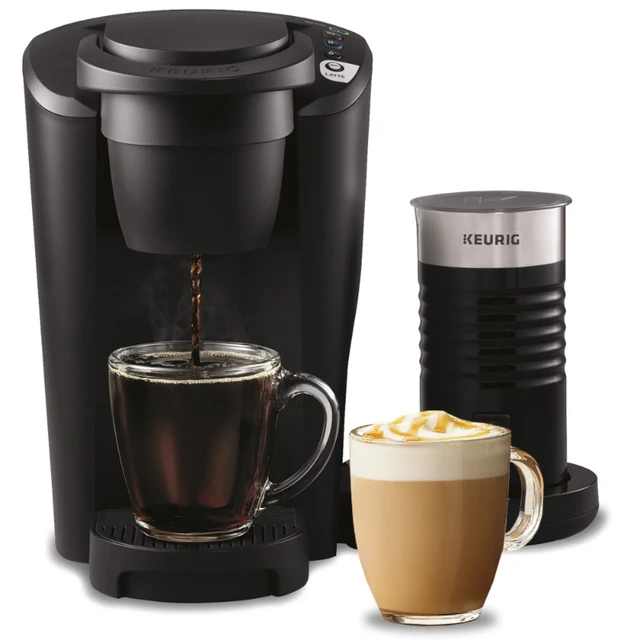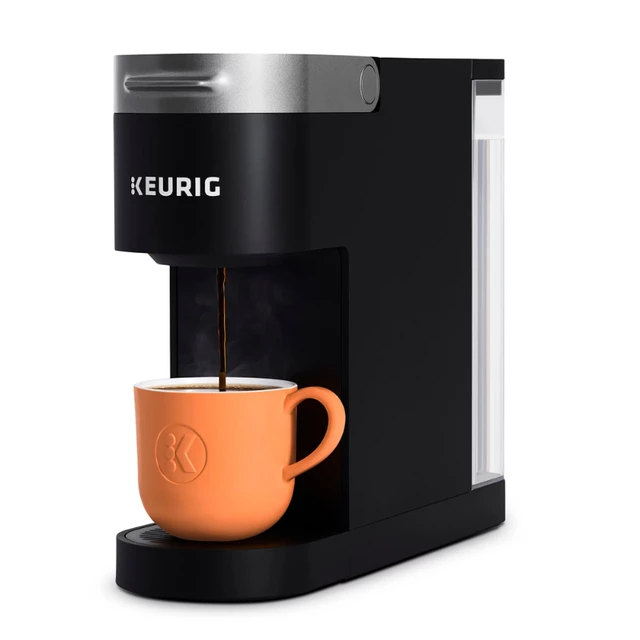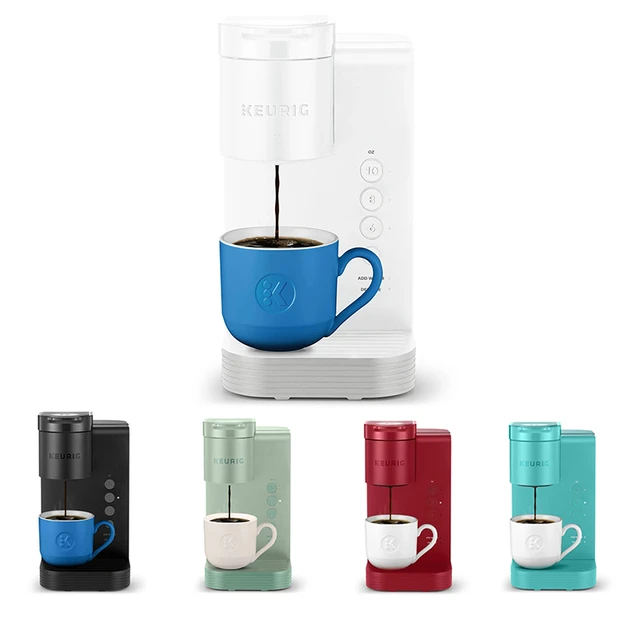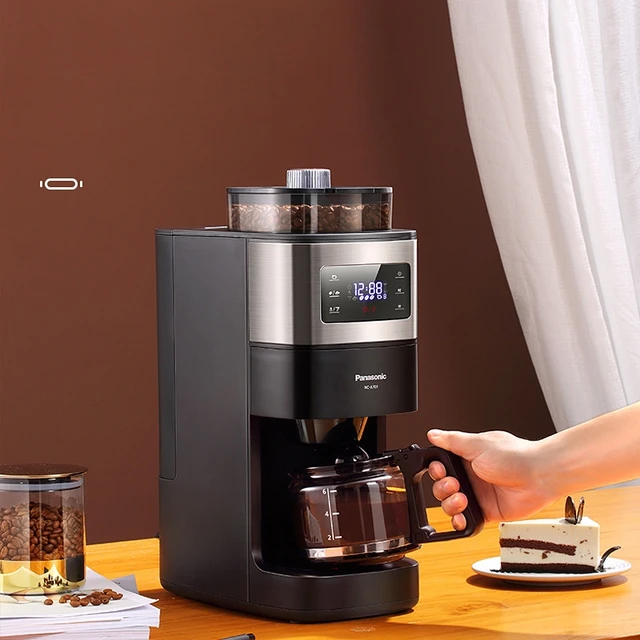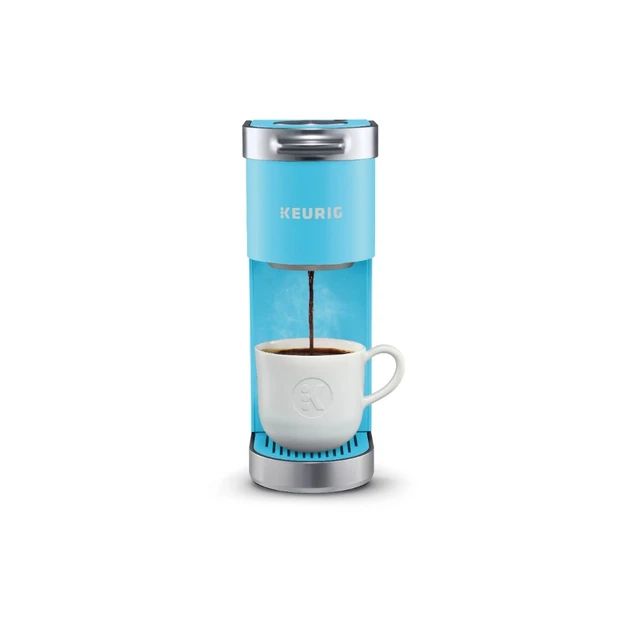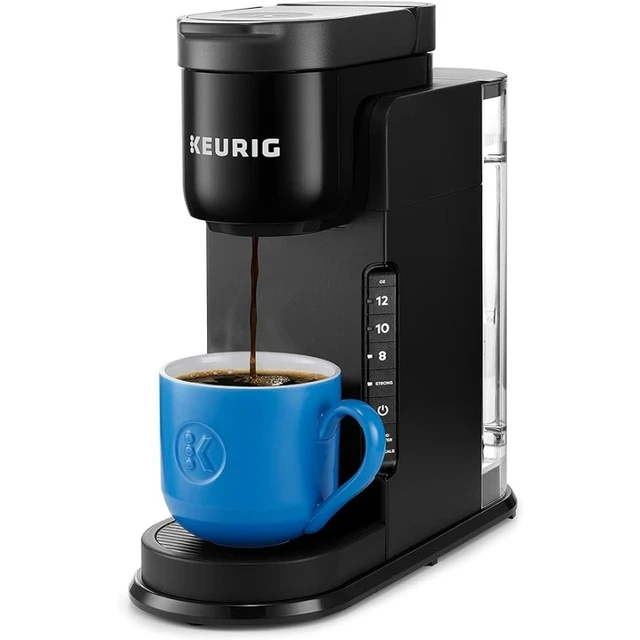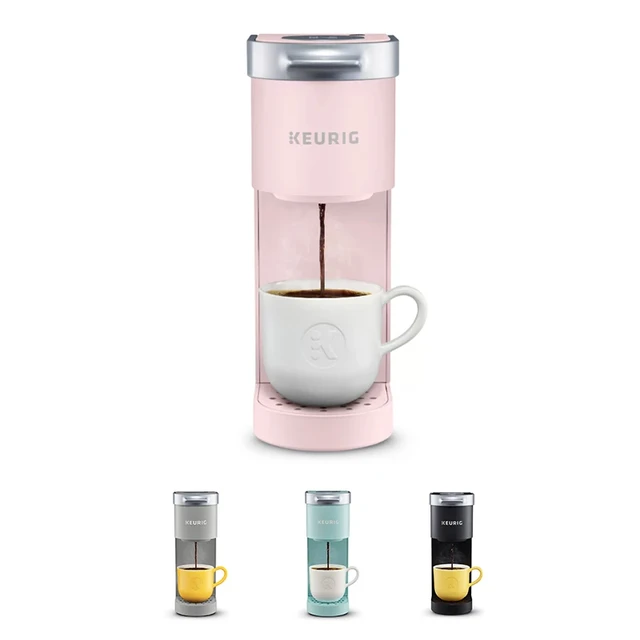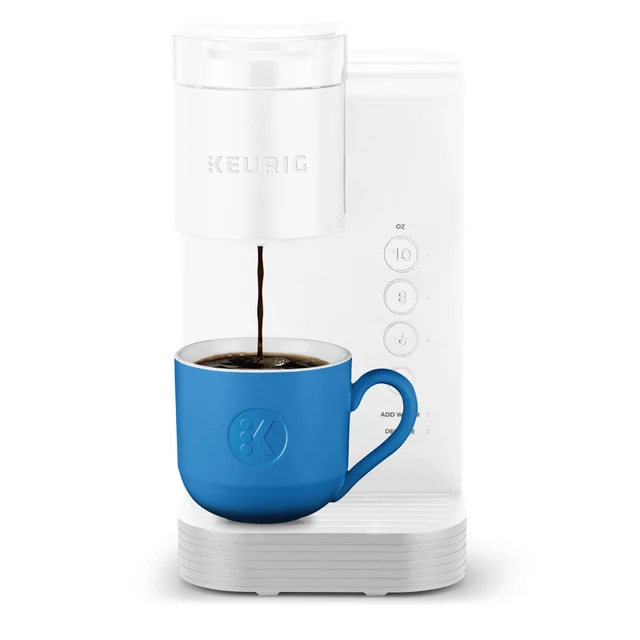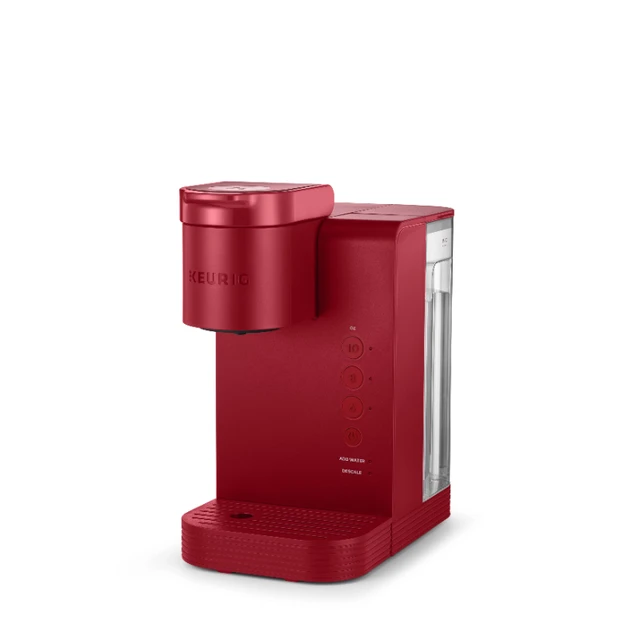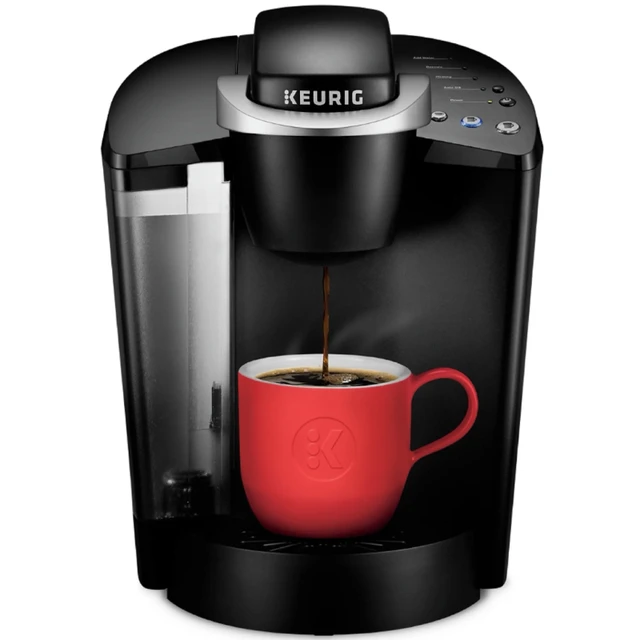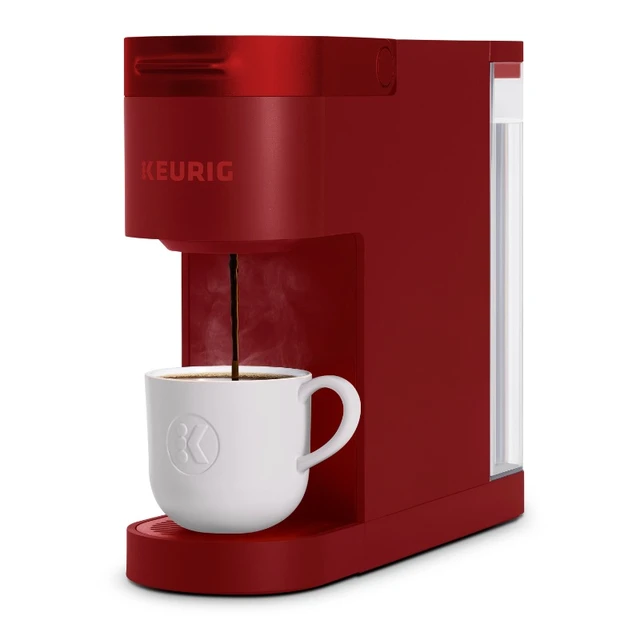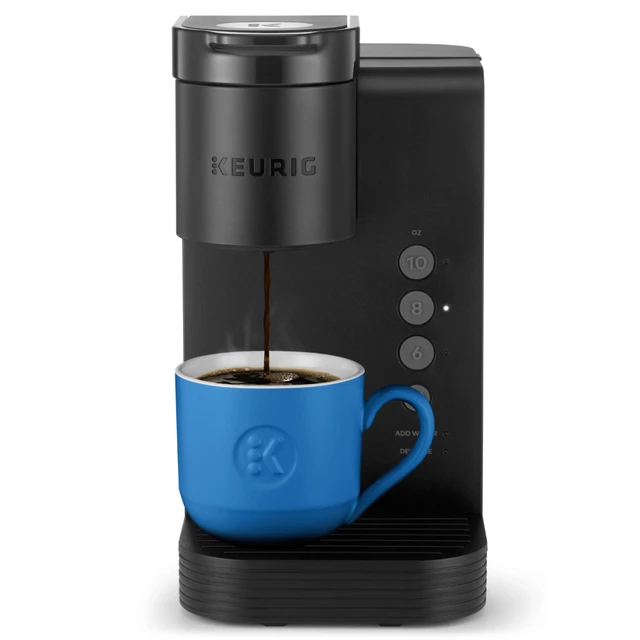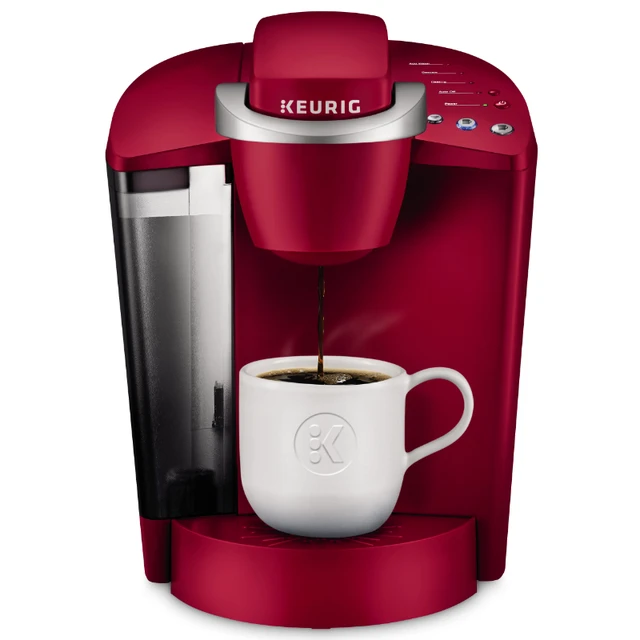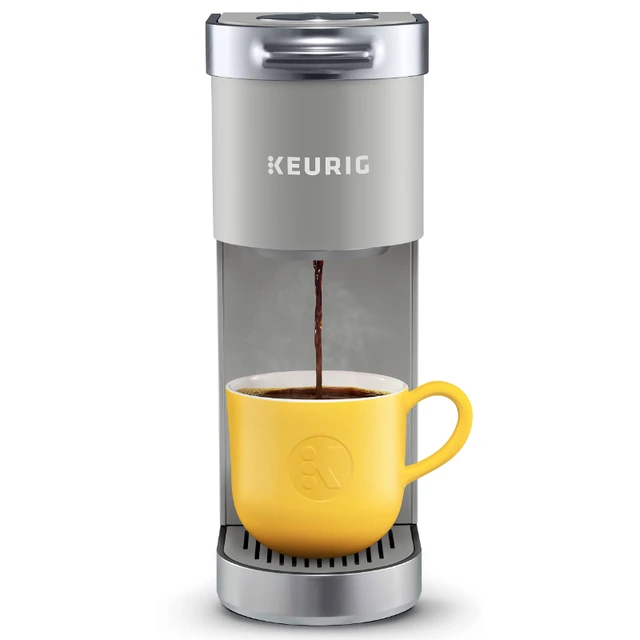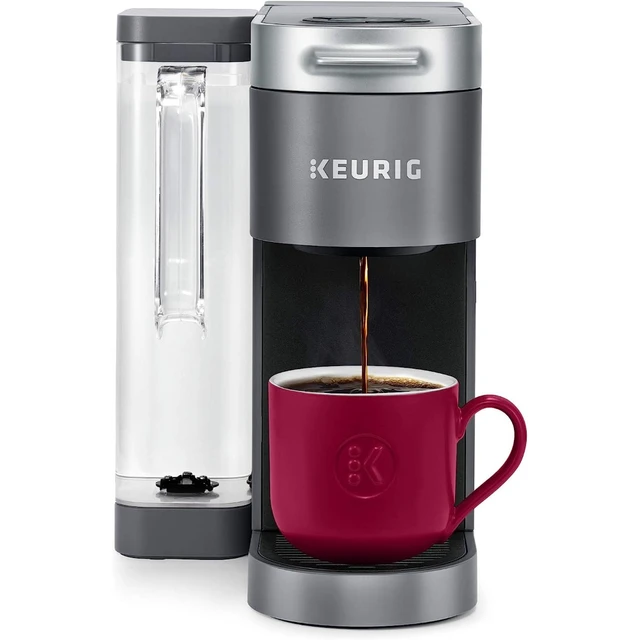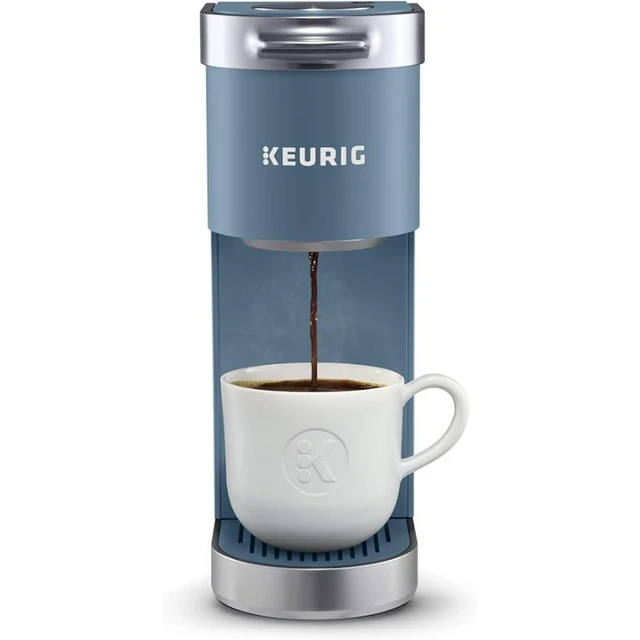
Introduction
If you’re a fan of strong, flavorful espresso, you may wonder if it’s possible to brew it using your beloved Keurig machine. While Keurigs are primarily designed for single-serve coffee, it is indeed possible to make espresso-like drinks with a few adjustments and considerations. In this comprehensive guide, we will explore the step-by-step process of brewing espresso in your Keurig, discuss the importance of equipment and coffee selection, and offer tips for achieving a rich and satisfying espresso-like experience. Get ready to elevate your Keurig brewing to create your own espresso-inspired delights.
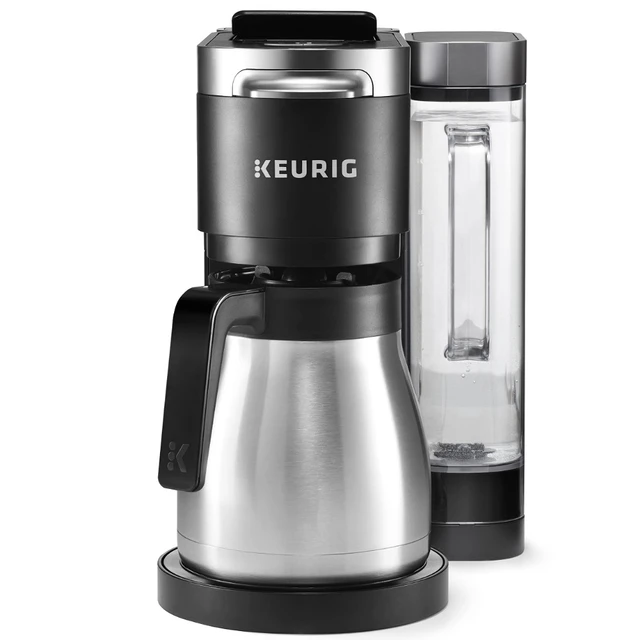
Unlocking Espresso: Brewing Espresso in Your Keurig
I. Understanding Espresso
Discover the characteristics of espresso and how it differs from regular coffee:
-
Concentrated and Strong Flavor:
- Espresso is a highly concentrated coffee beverage known for its robust flavor profile. It is made by forcing hot water through finely ground coffee under high pressure, resulting in a bold and intense brew.
-
Thick and Crema-topped:
- A hallmark of espresso is its signature crema – a golden, foamy layer that tops the shot of espresso. Crema adds visual appeal and contributes to the overall taste and mouthfeel of the drink.
-
Served in Small Portions:
- Traditionally, espresso is served in small shot-sized portions. This allows the drinker to savor its strong taste and experience the full impact of the concentrated flavors.
II. Equipment and Coffee Considerations
Understand the equipment and coffee requirements for brewing espresso-like drinks in your Keurig:
-
Compatible Keurig Machine:
- While Keurigs are not designed specifically for espresso, certain Keurig models can produce beverages that closely resemble espresso. Look for Keurig machines with the option to brew smaller cup sizes, as this will enhance the concentration and strength of the resulting coffee.
-
Espresso K-Cup Pods:
- Choose espresso-specific K-Cup pods that are specially designed to produce a more concentrated coffee. These pods typically contain finely ground coffee and are labeled as espresso or suitable for espresso-like brews.
-
High Pressure and Pre-infusion:
- Keurig machines lack the high pressure and pre-infusion capabilities of traditional espresso machines. However, selecting a Keurig model with stronger brewing options can help you achieve a closer approximation to the characteristics of espresso.
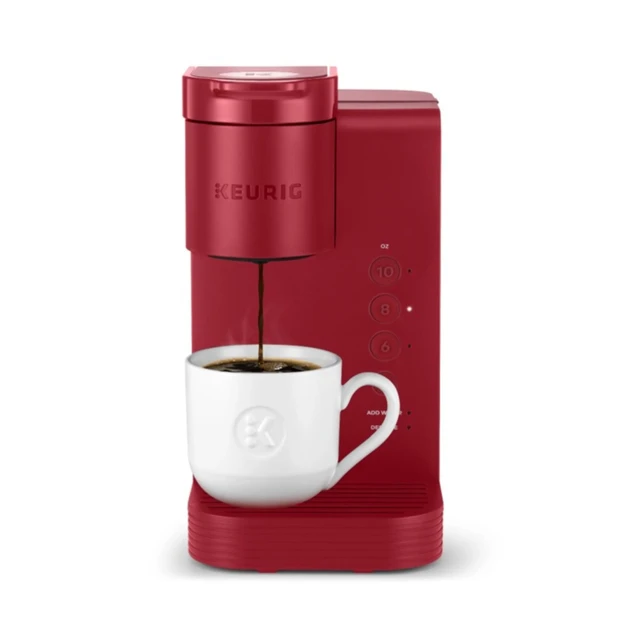
III. Steps to Brew Espresso-like Drinks
Follow these steps to brew espresso-like drinks with your Keurig:
-
Select an Espresso-compatible K-Cup:
- Choose an espresso-specific or espresso-like K-Cup pod from a reputable coffee brand. These pods are specifically designed to produce a more concentrated and flavorful result.
-
Pre-warm Your Cup:
- Before brewing, heat your cup by filling it with hot water and allowing it to sit for a moment. This step helps maintain the optimal drinking temperature of your espresso-like drink.
-
Brew on Smaller Cup Sizes:
- If your Keurig allows, select the smallest cup size available to enhance the concentration and strength of your coffee. This will help achieve a closer approximation to espresso’s qualities.
-
Adjust Brew Strength:
- If your Keurig allows for brew strength adjustments, opt for the strongest setting to intensify the flavor of your espresso-like drink.
-
Manual Control and Timing:
- To better simulate the process of pulling an espresso shot, consider manually stopping the brewing process before it completes to create a shorter and more concentrated extraction. Experiment with timing to find your preferred strength and taste.
-
Tamp or Stir the Coffee:
- After brewing, use a tamper or stir stick to gently press down or stir the brewed coffee in the cup. This can encourage further extraction and create a richer, creamier texture.
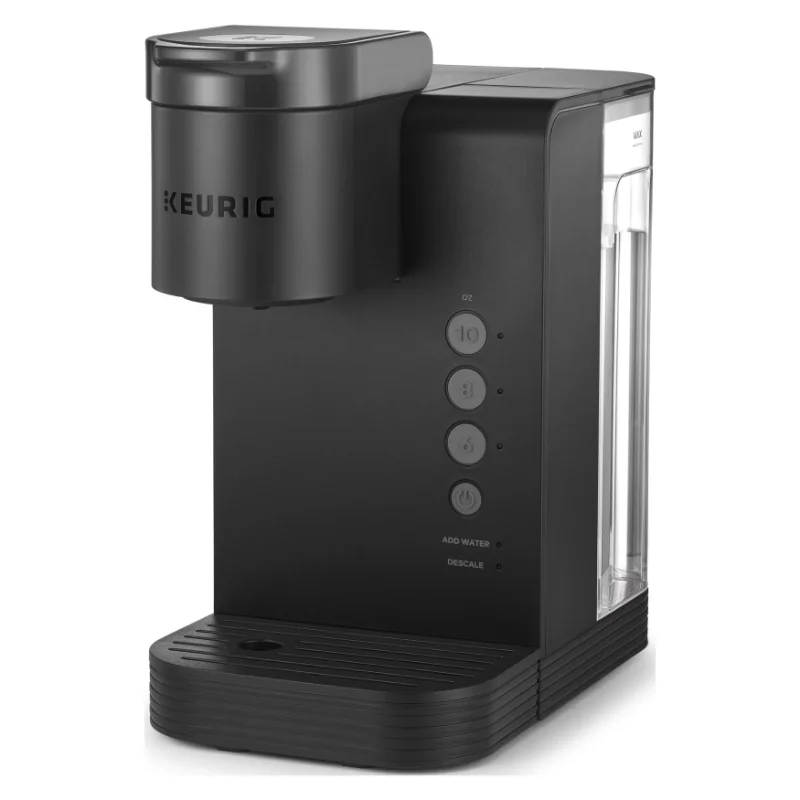
IV. Enhancing Your Espresso-like Drink
Experiment with these techniques to enhance the experience of your Keurig-brewed espresso-like drinks:
-
Froth Milk:
- Use a milk frother to create microfoam, mimicking the texture of steamed milk found in traditional espresso drinks like lattes and cappuccinos. Pour the frothed milk over your Keurig-brewed espresso-like coffee for added richness and creaminess.
-
Add Syrups or Flavors:
- Customize your espresso-like drink by adding flavored syrups, such as vanilla, caramel, or hazelnut. These additions can add depth and complexity to your brewed beverage.
-
Top with Whipped Cream:
- For an indulgent touch, garnish your espresso-like drink with a dollop of freshly whipped cream. This adds a luxurious, velvety texture and a delightful contrast to the strong flavors.
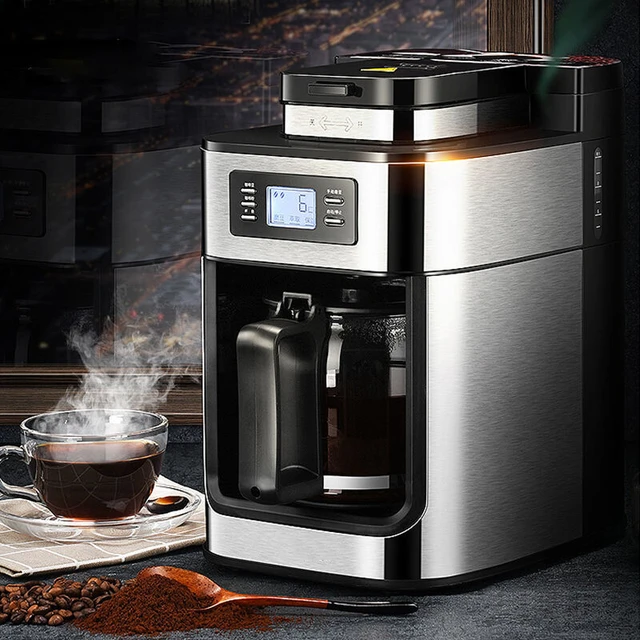
V. Cleaning and Maintenance
Ensure proper cleaning and maintenance of your Keurig for optimal espresso-like brewing:
-
Regular Cleaning:
- Clean and descale your Keurig machine according to the manufacturer’s instructions. This helps prevent coffee residue buildup and ensures consistent performance and taste.
-
Maintain Water Quality:
- Use filtered water to enhance the flavor of your espresso-like brew and prevent mineral buildup in your Keurig machine. Regularly change the water filter if your Keurig has one.
VI. Exploring Alternatives
If your desire for true espresso taste persists, consider investing in a dedicated espresso machine that can provide a higher level of customization and control over the brewing process. These machines often offer the necessary pressure and features to produce authentic espresso at home.、
VIII. Tips for an Authentic Experience
To enhance your espresso-like experience with a Keurig machine, consider the following tips:
-
Experiment with Coffee Brands:
- Try different espresso-compatible K-Cup pods from various coffee brands to find the flavor profiles that suit your preferences. Some brands may offer unique blends or roast levels that closely resemble traditional espresso.
-
Pre-warm the Portafilter:
- If you have a reusable My K-Cup® filter or similar option, pre-warm it before adding coffee grounds. This can help maintain the temperature of the coffee during the brewing process, enhancing the overall experience.
-
Add Pre-ground Coffee:
- Instead of using espresso-specific K-Cups, you can experiment with using pre-ground espresso coffee in a reusable filter or K-Cup pod. This allows you to control the grind size and coffee-to-water ratio more precisely to achieve a stronger and more authentic espresso-like flavor.
-
Practice Tamping Techniques:
- For a more traditional espresso experience, consider applying slight pressure to the coffee grounds in your reusable filter before brewing. Use a level, gentle tamp to create a compact puck, which can contribute to better extraction and crema formation.
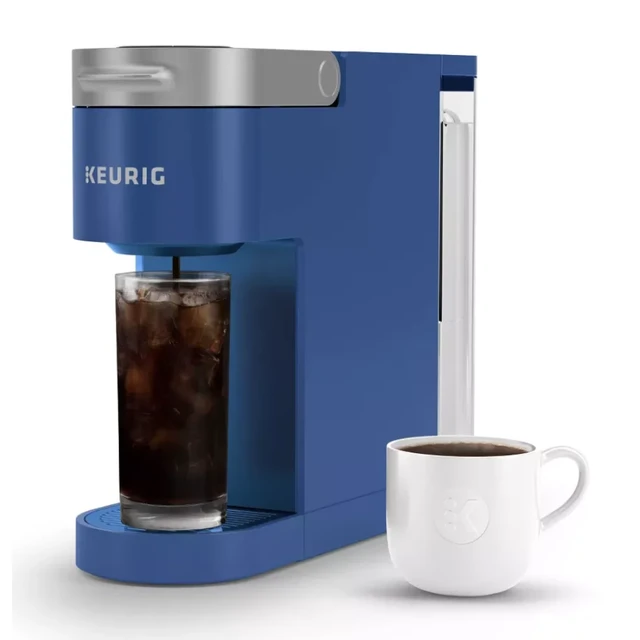
VII. Conclusion: Exploring Espresso with Your Keurig
While Keurig machines aren’t designed specifically for espresso, with the right equipment and coffee selection, you can create espresso-like drinks that capture some of the qualities of traditional espresso. By selecting espresso-compatible K-Cups, adjusting your brewing settings, and experimenting with techniques to enhance your brew, you can enjoy flavorful and concentrated beverages reminiscent of espresso.
Remember to properly clean and maintain your Keurig to ensure consistent performance. While it may not be a perfect substitute for a traditional espresso machine, your Keurig can still offer a delightful and satisfying espresso-like experience in the comfort of your own home.
